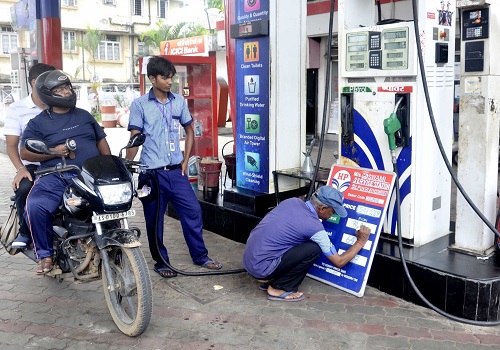TARP-like government fund likely in Budget for NBFC relief

Follow us Now on Telegram ! Get daily 10 - 12 important updates on Business, Finance and Investment. Join our Telegram Channel
Follow us Now on Telegram ! Get daily 10 - 12 important updates on Business, Finance and Investment. Join our Telegram Channel https://t.me/InvestmentGuruIndia
Download Telegram App before Joining the Channel
The government is likely to unveil in the Union Budget a Troubled Assets Relief Programme (TARP) similar to what the US initiated during the Lehman financial crisis in 2008.
Under the proposed scheme, the troubled or stressed assets of the non banking finance companies (NBFCs) will be bought by a government fund to revive the sector.
A high level review meeting was held on Monday, chaired by Prime Minister Narendra Modi. A final decision will be taken on the matter.
The US government had initiated the TARP at the height of the Wall Street financial crisis of 2008.
The US Treasury Department created the TARP fund to stabilize the financial system and restore economic growth. TARP was rolled out to accomplish targets by purchasing troubled companies' assets and stock.
September of 2008 saw a worldwide freeze as global credit markets came to a near standstill as several major financial institutions, such as Fannie Mae, Freddie Mac, and American International Group (AIG), experienced severe financial stress and others, like Lehman Brothers went bankrupt due to the effects of the sub-prime mortgage crisis that had begun the previous year.
Investment companies Goldman Sachs and Morgan Stanley became commercial banks, in an attempt to stabilize their capital situations.
The US government bought stock in eight banks: Bank of America/Merrill Lynch, Bank of New York Mellon, Citigroup, Goldman Sachs, J.P. Morgan, Morgan Stanley, State Street, and Wells Fargo.
In India, since last year, the NBFC sector has been under severe stress driven by problems in real estate loans, economic slowdown which led to defaults. The crisis in IL&FS has led to shock waves in the financial sector.
The so-called shadow banks have missed payments and defaulted, among the biggest cases being DHFL.
There have been calls by central bank intervention but RBI has refrained from specific company wise bailouts.
The NBFC domino also caused stress in mutual funds which had exposure to these debt instruments. Consumer lending has been hurt by the NBFC stress and is seen among the major reason for lower consumption aggravating the economic woes.












 320-x-100_uti_gold.jpg" alt="Advertisement">
320-x-100_uti_gold.jpg" alt="Advertisement">








